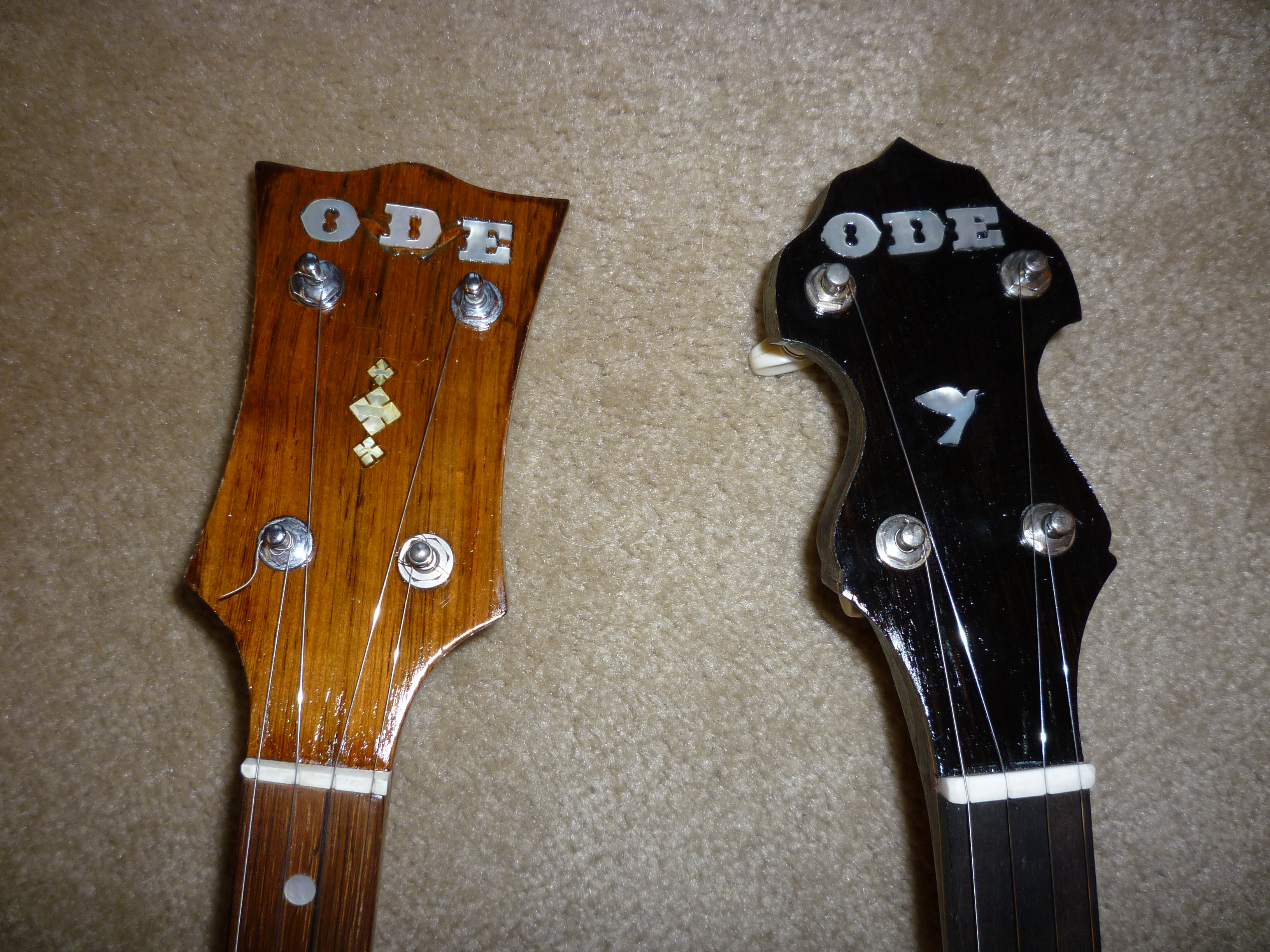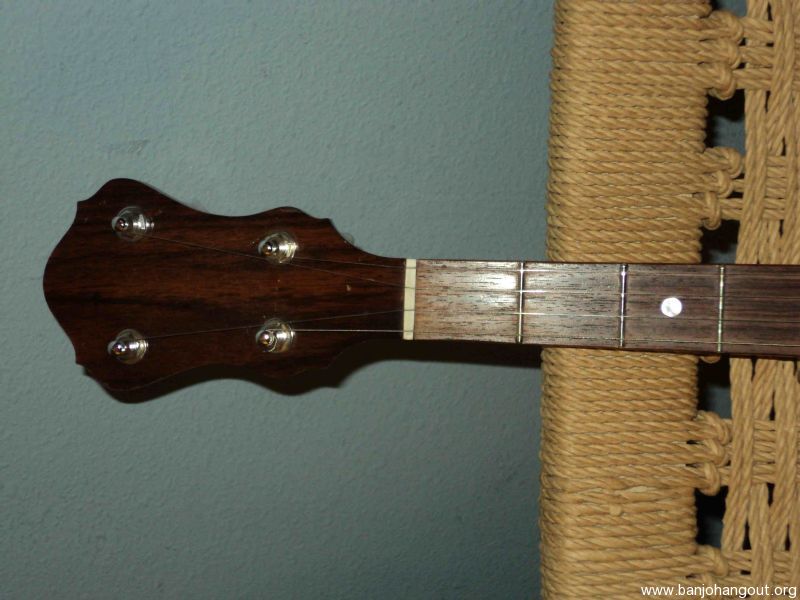Baldwin Ode Banjo Serial Numbers
Vintage Baldwin style D banjo. Extremely rare, walnut 5 string banjo, built in Boulder Colorado in 1966. Serial number 277, *which is the earliest Style D in the Baldwin/Ode database. Incredible original condition. Features original friction 5th string tuning peg, single coordinator rod, gold plating, and the famous 'propellar' inlay at the 22nd fret. Original Lifton case. The Style D was the preferred banjo of melodic players like Bobby Thompson and Larry McNeely.
Download eden superhero mp3 for free. Please Note: Before downloading you can preview any song by mouse over the Play button and click Play or Click to Download button to download hd quality mp3 files. First search results is from YouTube which will be first converted, afterwards the file can be downloaded but search results from other sources can be downloaded right away as an MP3 file without any conversion or forwarding. Now we recommend you to Download first result Super Hero Eden MP3 which is uploaded by Anton Engelbrecht of size 4.61 MB, duration 3 minutes and 30 seconds and bitrate is 192 Kbps. For your search query Super Hero Eden MP3 we have found 1000000 songs matching your query but showing only top 10 results.
There are some transitional instruments made by Gretsch - from late 1938 to early 1940 (probably from existing stock) - which carry Bacon serial numbers, and Bacon stamps. 1940 Gretsch purchased the Bacon Banjo Company in early 1940. Scene by making the ODE banjo, one of the favorite instruments of the folk revival era. Instrument, and Baldwin ended buying ODE while Salstrom was later purchased. I should have checked the serial number of that one I just saw.

Price reduced to $5700. I’ll ship it anywhere in the continental US for $100. Seven zero 6. 483 eight three seven two. This item is sold As-Described This item is sold As-Described and cannot be returned unless it arrives in a condition different from how it was described or photographed. Items must be returned in original, as-shipped condition with all original packaging.
Product Specs Condition: Brand Model Finish Categories Year Listed via the Reverb App.
Bacon Banjo Company Serial Numbers A Summary of Bacon Serial Numbers by Ed Britt Copyright © 2003 All rights reserved. (From my forthcoming, yet-to-be written, magnum-opus - David L. Day, and the Transitional Bacon Banjos) Editor's note: There was never a 'Bacon & Day Company' nor for that matter a 'B & D Banjo Company.' It was always called the Fred Bacon Manufacturing Company, or the Bacon Banjo Company, or some variant thereof. The 'D' of 'B&D' was in fact David L. Day, but his name was never part of the company name.
While the bulk of the information contained here is from Ed Britt, I have added a few things, and responsibility for errors is mine. MIH The 'Bacon' and the 'B&D' models were numbered consecutively - from Bacon's start in 1906 (#1) to it's sale to Gretsch in 1939/40 (approx. 1906 - 1920 The early Bacon banjos, made from 1906 to 1920 were produced for Fred Bacon by several makers, including: Fairbanks-Vega, Wm Lange (Orpheum), and Fred's own workshop - in Forrest Dale, Vt. 1913 Earliest reference to Forrest Dale, VT address in catalog. Actual maker at that time is still unknown, although later banjos were probably made or assembled there.

1920 - 1940 Serial numbers were at approximately #5xxx - when the Groton, Connecticut works were started in April, 1920. 1920 Bacon announced 2 arched top, carved mandolins.
1922 David L. Day left Vega and joined the Bacon Banjo Company. 1923 Serial numbers were approximately #9xxx - when the Silver Bell was introduced. 1930 appear stating 'available in March.' 1931 Serial numbers were approximately #29,xxx - when the 'new generation' Symphonie, Sultana, and Senorita were introduced.
1938 Serial numbers were approximately #35,xxx - when the famous Hurricane of 1938 (Sept), closed the Groton works. 1938 - 1940 At first, The Bacon Company contracted with Gretsch to produce banjos for them. There are some transitional instruments made by Gretsch - from late 1938 to early 1940 (probably from existing stock) - which carry Bacon serial numbers, and Bacon stamps. 1940 Gretsch purchased the Bacon Banjo Company in early 1940. 1940 - 1965 Sometime around 1939 -1940, Gretsch apparently restarted their OWN serial numbers at #1 - on guitars, at least. It's unclear whether the Bacon/B&D banjos were included in this renumbering scheme, at this particular time.
1939/40 - 1965 From 1939/40 (#1 - or #001?) to 1965 (approx. #84xxx) Gretsch supposedly numbered all guitars consecutively. My observations suggest that at some point - in the early 1940's - the Bacon banjos also began to conformed to this scheme. 1950s/60s During the 'Folk Boom', Gretsch produced a line of 5 string, open back banjos with both regular and extra-long necks. These all had black plastic laminate peghead overlays with 'Bacon' in outlined, block letters and a small, metal plate engraved tacked below it. These appear to have their own serial numberig scheme. 1964/65 - 1970 From around 1964/65 to 1972, Gretsch used a different serial format showing, Month/Year/Production Number (3-4 digits), stamped as follows: MYNNN or MYNNNN - (Month = 1-9 - with 3 or 4-digit production number) MMYNNN or MMYNNNN - (Month =10,11,12 - with 3 or 4-digit production number) (It's unclear whether the 3-4 digit 'production number' is the total production for the Month - or for the Year.) • # 31197 would have been made: March, 1971 #197 • BUT.